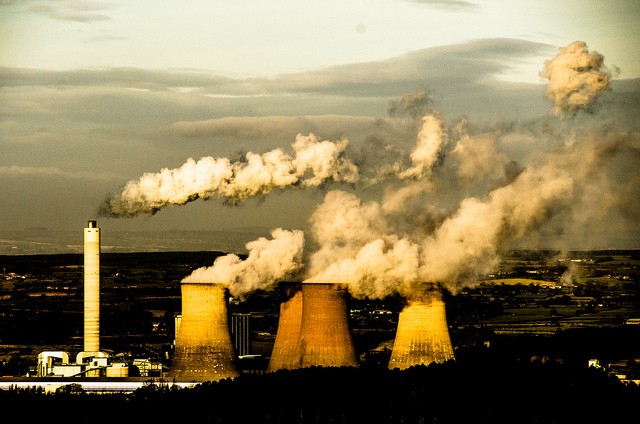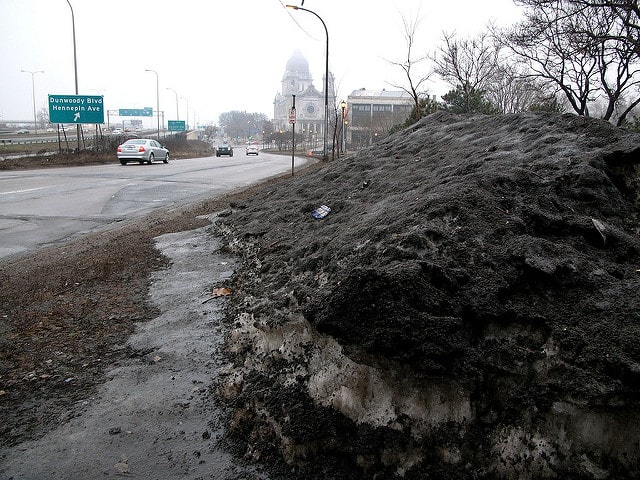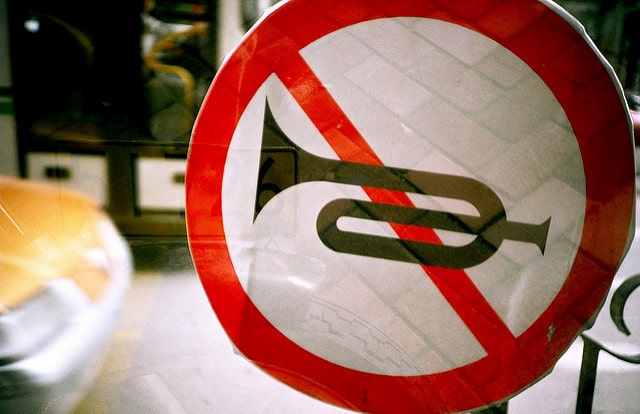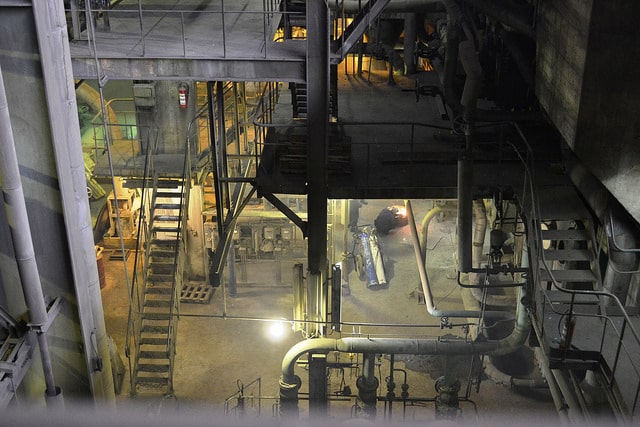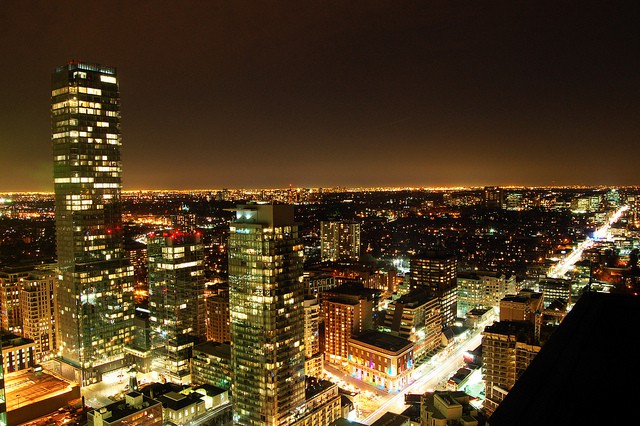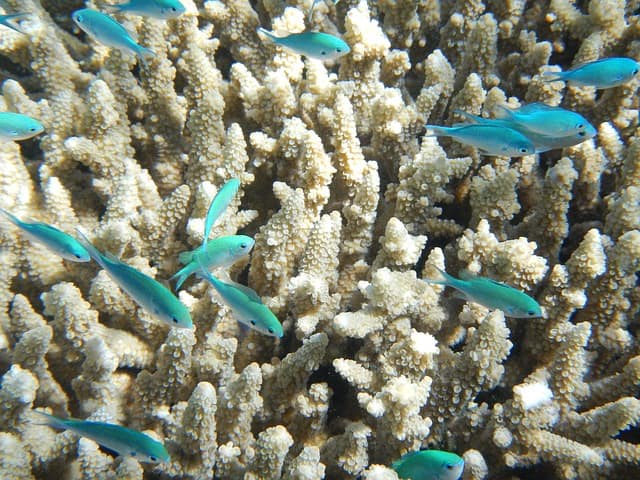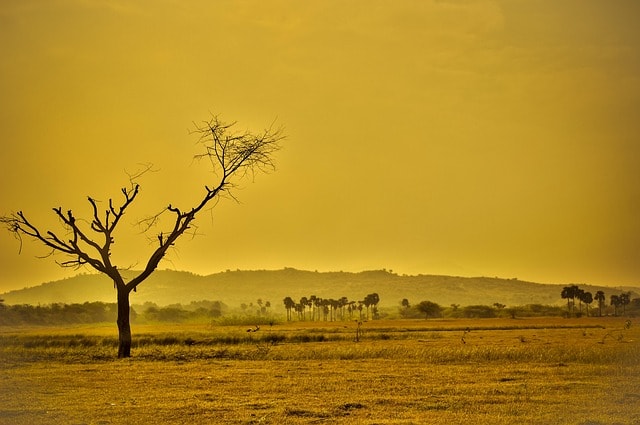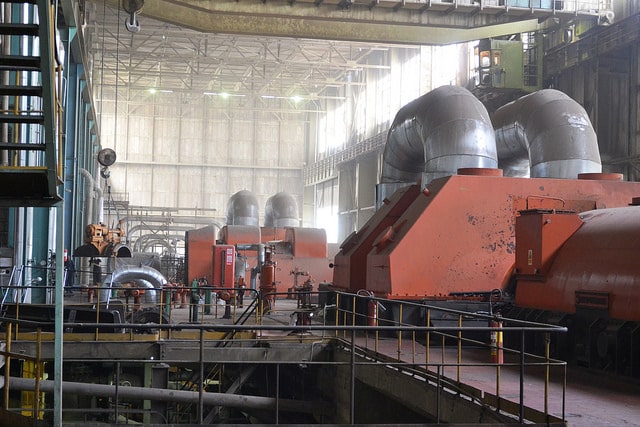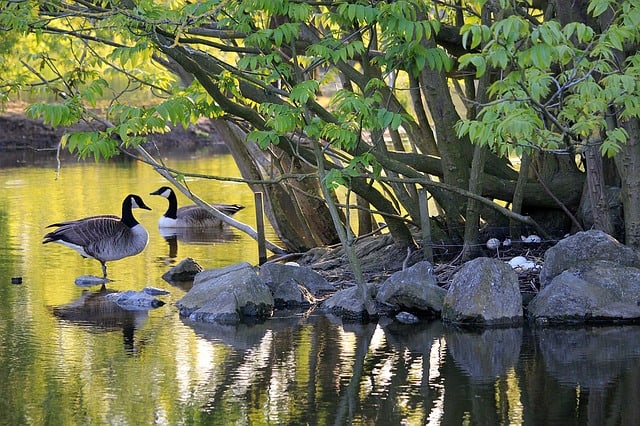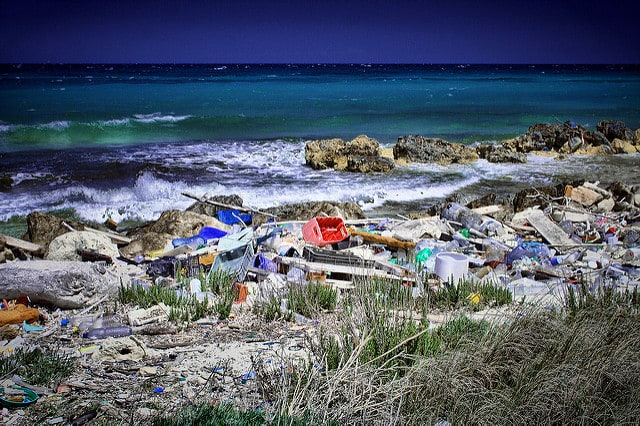8 Various Types of Environmental Pollution

Pollution is the introduction of damaging or poisonous materials into the natural environment. Equally, pollution means the presence of undesirable materials in the natural environment or the state of the natural environment being contaminated with potentially harmful substances as an outcome of human activities. The pollutants are jointly termed as contaminants because they contaminate and alter the natural environments.
In particular, the natural environments subject to pollution largely include water, air, and land. Presence of substances such as (liquid, gas, solid) or energy such as (heat, light, radiation, noise) whose qualities directly or indirectly changes the natural environmental process in part or in whole, and has the potential to cause or can cause damage to the health or well-being of humans, animals, or plants defines pollution.
Below are the various types of pollution.
1. Air pollution
Air pollution is the introduction of harmful substances in the air that results in detrimental impacts to the environment and humanity. Air pollution simply makes air unclean or contaminated. It occurs when harmful substances such as foreign gases, odors, dust, or fumes are released in the air at levels that can harm the comfort or health of animals and humans, or even destroy plant life.
Examples of air pollutants (substances that pollute the air) include hydrocarbons, organic compounds, dust particles, carbon monoxide, sulfur oxides, and nitrogen oxides. Air pollution results from both human and natural activities. Emissions from power plants present a perfect example of human activities contributing to air pollution whereas volcanic eruptions and forest fires are some of the natural aspects.
2. Water pollution
Water pollution is the act of contaminating water bodies including rivers, oceans, lakes, streams, aquifers, and groundwater. It occurs when foreign harmful materials like chemicals, waste matter, or contaminated substances are directly or indirectly discharged into water bodies.
Any alterations in the chemical, physical, or biological water properties qualify as water pollution. Very often, the primary contributors to water pollution are human activities since they introduce substances that contaminate the water with harmful chemicals and toxic materials. Water pollution is categorized into a point source, non-point source, and groundwater.
Point source water pollution occurs when the contaminants enter a water body from a single identifiable source while non-point source occurs as a result of the cumulative effects of different amounts of contaminants. Groundwater pollution occurs through infiltration and affects groundwater sources such as wells or aquifers. Water is considered the second most polluted environmental resource after air pollution.
3. Land Pollution
Land pollution is the destruction or decline in the quality of the earth’s land surfaces in terms of use, landscape, and ability to support life forms. Many times, it is directly and indirectly caused by human activities and abuse of land resources.
Land pollution takes place when waste and garbage is not disposed of in the right manner thus, introducing toxins and chemicals on the land. It also occurs when people dump chemical products to soils in the form of herbicides, fertilizers, pesticides, or any other form of the consumer by-products. Mineral exploitation equally leads to a decline in the quality of the earth’s land surfaces.
As such, it has grave consequences for human health, plant life, and soil quality. Acid rain, construction sites, solid waste, mineral exploitation, and agricultural chemicals are the primary causes of land pollution.
4. Soil Pollution
Soil pollution takes place when chemical pollutants contaminate the soil or degraded by acts such as mining, clearance of vegetation cover, or topsoil erosion. Usually, it happens when human activities directly or indirectly introduce destructive chemicals, substances, or objects into the soil in a way that causes damage to the immediate earthly environment.
As a consequence, soil losses its value of natural minerals and nutrients compositions. Soil degradation also contributes to soil pollution, and it occurs as a result of over-grazing, over-farming, or mining activities. The notable causes of soil pollution include agricultural farming activities, waste dumping on land, industrial activities, mining, and acid rain.
5. Noise Pollution
Noise pollution is mostly an undesirable sound or sound which generates horrible discomfort on the ears. Noise pollution is defined as unpleasant and undesirable sound levels that cause serious discomfort to all living things. It is measured in decibels (dB).
Sound levels beyond 100 dB can cause permanent hearing loss, and noise of around 90 dB causes auditory weakness. The industrial sound limit according to the World Health Organization (WHO) is 75 dB. In contemporary society, the noise has become a permanent aspect owing to daily activities such as transportation, industrial manufacturing, and technology. In contrast to the other types of pollution, noise pollution lacks the element of accumulation in the environment.
It merely occurs when sounds waves of intense pressure reach the human ears and may even affect the body muscles due to sound vibrations. Noise pollution similarly affects marine and wildlife animals in the same manner it affects humans, and can even cause their death.
6. Thermal Pollution
Thermal pollution occurs when water bodies are degraded in terms of altering their temperatures. Commonly, it happens when people or industries undertake activities that suddenly decrease or increase the temperature of a natural water body which may include lakes, rivers, oceans or ponds.
In the current era, thermal pollution is a huge menace and is mainly influenced by power plants and industrial manufacturers that use water as a coolant. Urban stormwater runoff from parking lots and roads also discharges water of elevated temperatures into adjacent water bodies. When water is either used as a coolant, discharged from stormwater runoff at elevated temperatures, or released from reservoirs with unnaturally cold temperatures, it changes the natural temperature of water bodies.
Therefore, thermal pollution is one aspect of the wider subject of water pollution. The alterations of natural water resource temperatures can have dire consequences on aquatic life and the local ecosystems.
7. Industrial Pollution
Industrial pollution is the release of wastes and pollutants generated by industrial activities into the natural environment including air, water, and land. The pollutants and wastes from industries encompass air emissions, deposit of used water into water resources, landfill disposal, and injection of toxic materials underground. Industrial pollution can adversely damage plants, kill animals, cause ecosystem imbalance, and degrade the quality of life.
Leading industries such as power plants, steel mills, sewage treatment plants, heating plants, and glass smelting among other production, processing and manufacturing companies are the contributors to industrial pollution. They release smoke, effluents, material wastes, toxic byproducts, contaminated residues, and chemical consumer products that eventually end up in the environment thereby causing pollution.
8. Light Pollution
Light pollution occurs due to lengthened and excessive use of artificial lights, such that it results in the brightening of the skies at night. As a consequence, it upsets the activities and natural cycles of wildlife and also affects the welfare of humans. Whenever artificial lights are used where they are not intended, it causes a nuisance.
For instance, too much outdoor light intruding into neighbor’s bedrooms can disrupt their sleep. Likewise, too much indoor light has implications on the health of the inhabitants of that room. Light pollution is also referred to as luminous pollution or photo pollution. The types of light pollution include glare, light trespass, and sky glow.

